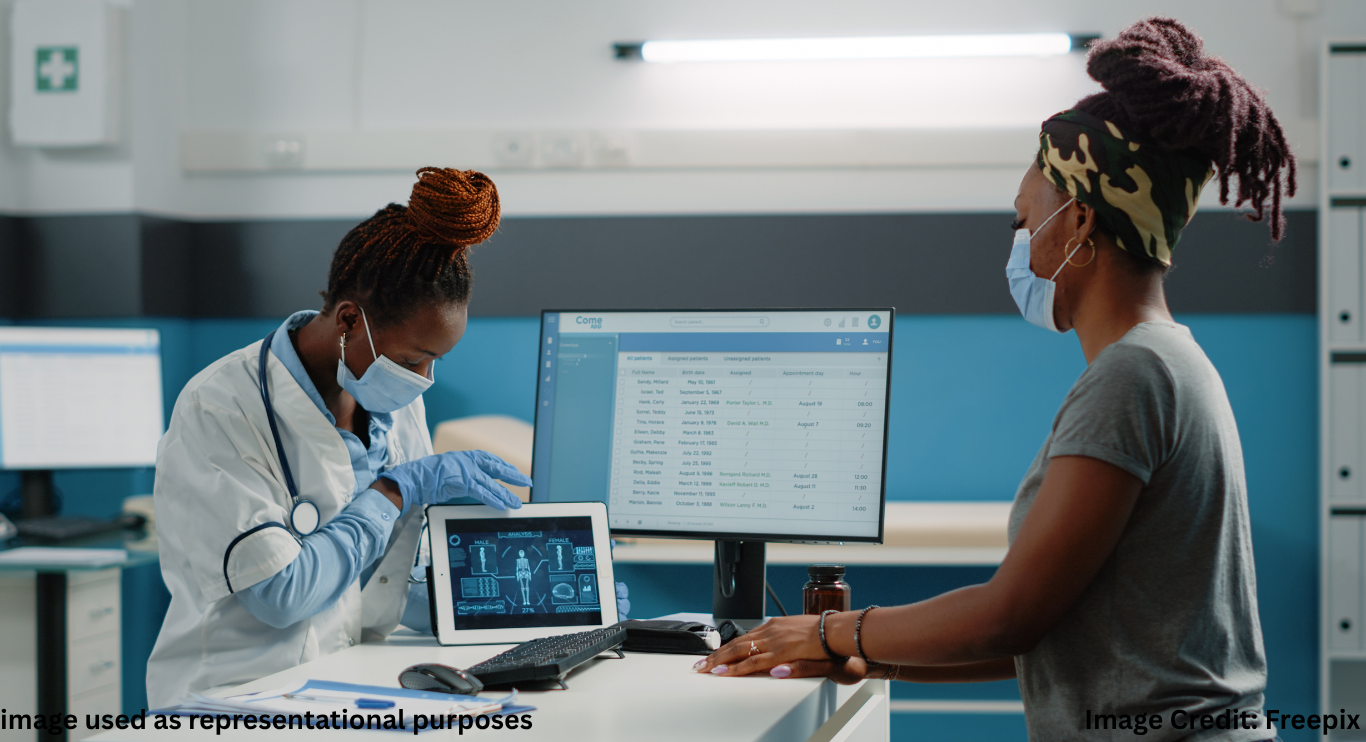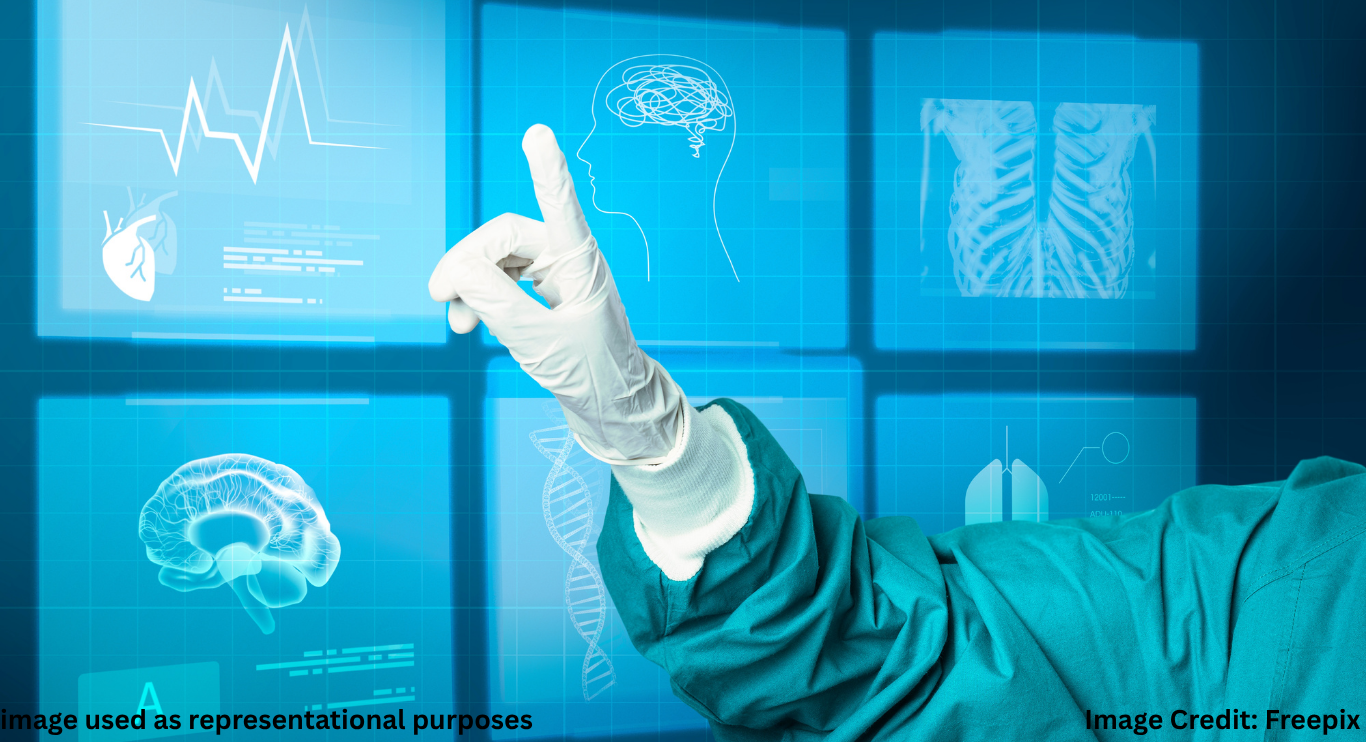
Introduction to Base Editing in Medical Technology
In recent years, base editing in medical technology has emerged as a beacon of hope for individuals suffering from genetic disorders. This powerful advancement offers precision without the double-strand breaks caused by traditional CRISPR systems. From inherited conditions like sickle cell anemia to rare metabolic syndromes, base editing is transforming treatment possibilities.
What Is Base Editing?
Base editing is a precise method of altering the DNA at the molecular level. Rather than cutting DNA strands, this technique changes individual DNA bases—think of it as autocorrect for the genome. Imagine changing a single letter in a 3-billion-letter instruction manual without tearing the page—that’s base editing.
Adenine base editors (ABEs) and cytosine base editors (CBEs) are currently the most widely used types. These tools convert A to G or C to T, correcting the most common mutations found in human diseases.
The Science Behind Base Editing
The mechanism uses a modified version of the CRISPR-Cas9 system, where the Cas9 enzyme is rendered “nickase”—meaning it only nicks one strand of DNA. Combined with a base-converting enzyme, this system allows for precise editing of just one base.
Unlike traditional CRISPR, base editing does not induce DNA breaks or rely heavily on the cell’s repair system, significantly reducing off-target effects and improving safety.
Real-World Application: Treating Sickle Cell Disease
A landmark example of base editing in medical technology is its use in treating sickle cell disease. This inherited blood disorder stems from a single base mutation. In a 2023 trial by Beam Therapeutics, a teenager named Maya became the first patient to receive base-edited stem cells. Within months, her symptoms disappeared.
“For the first time in my life, I could go a day without pain,” Maya told her local news station.
This real-life breakthrough showcases how base editing can correct mutations at their source, offering permanent solutions.
Ethical Considerations in Genetic Editing
While base editing is scientifically impressive, it comes with ethical baggage. Should we edit embryos? What if it’s used for non-therapeutic enhancements?
The National Academy of Sciences warns that although base editing may be safer than CRISPR, it still raises questions about consent, equity, and misuse. It’s crucial to establish strict regulations and oversight as this technology moves toward clinical use.
Personal Experience: A Researcher’s Journey
Dr. Emily Zhang, a molecular biologist at Johns Hopkins, recalls the moment base editing “clicked” during her Ph.D. research.
“We were working with lab mice that had a mutation causing blindness. After base editing treatment, their vision was partially restored. Watching them respond to light again was like witnessing a miracle.”
Her team now collaborates with hospitals to bring similar trials to human patients.
Challenges and Limitations
Despite the promise, base editing isn’t without hurdles:
Delivery Systems: Getting the editor into the right cells is still a work in progress.
Off-target Effects: Though minimal, incorrect edits can occur.
Regulatory Hurdles: The FDA requires extensive data before approving human use.
Nonetheless, researchers are innovating around these challenges using viral vectors and lipid nanoparticles to improve delivery efficiency.
Future Outlook of Base Editing in Healthcare
Experts predict that base editing in medical technology will become the foundation of personalized medicine. In the near future:
1. Cancer therapies will use base editing to deactivate growth-driving mutations.
2. Rare genetic diseases could be treated in utero.
3. Preventative editing may become available for individuals with a family history of severe genetic disorders.
Major institutions like Broad Institute and Harvard Medical School are already leading the charge.
Conclusion: Precision That Saves Lives
Base editing in medical technology is more than a buzzword—it’s a life-altering innovation. By allowing scientists to rewrite the genetic code with surgical precision, base editing has become a turning point in the battle against inherited diseases.
The road ahead may still have ethical and logistical bumps, but the promise it holds is undeniable. Whether it’s restoring sight, easing chronic pain, or simply offering hope to families with genetic disorders, base editing is changing lives.

Akalumhe Jefferson is a content writer with a new found interest for crafting engaging stories that transport readers to new worlds. Although no current actual background in creative writing but there’s active love for writing



